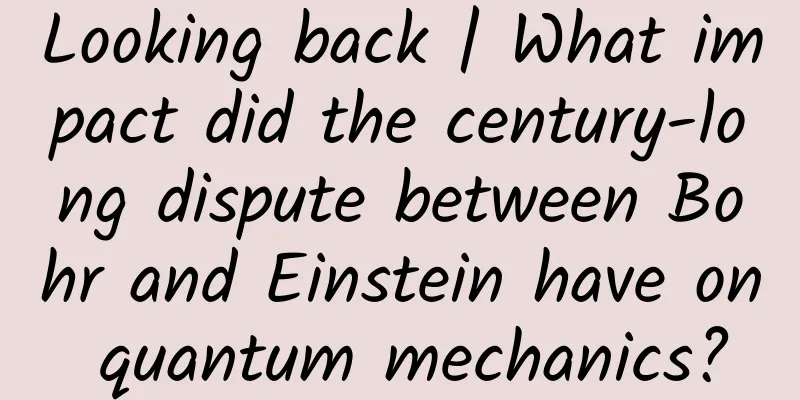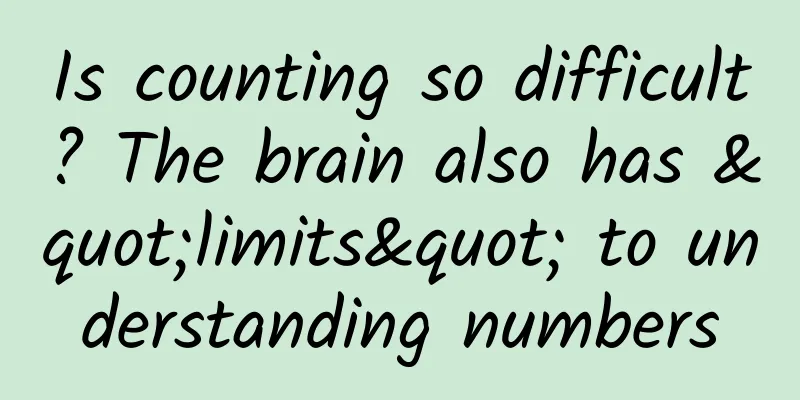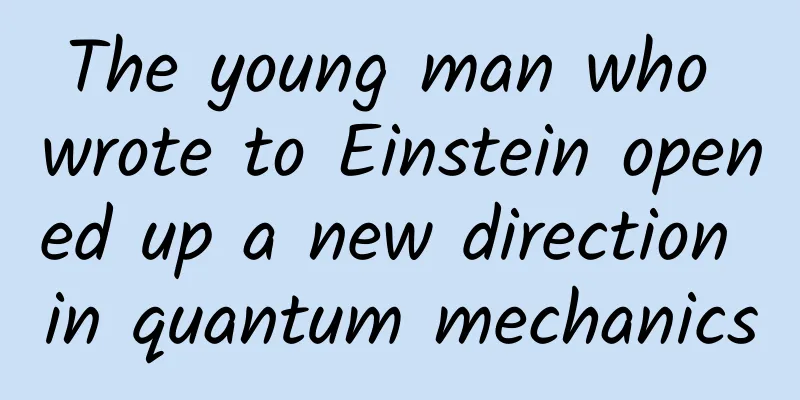Looking back | What impact did the century-long dispute between Bohr and Einstein have on quantum mechanics?

|
137 years ago today (October 7, 1885), Niels Bohr, the founder of the Copenhagen School and a Danish physicist, was born. At the beginning of quantum mechanics, he had a century-long dispute with Einstein involving the theoretical basis and philosophical thoughts of quantum mechanics. Bohr and Einstein's views contradict each other The new worldview brought by quantum mechanics has impacted the philosophical system formed since the 19th century: the nature of the world is probabilistic, not deterministic; before observation, the state of the observed object is uncertain and can only be determined through observation; physical processes are non-local, and objects far apart can also interact instantly through quantum entanglement. These are the views of the Copenhagen interpretation represented by Bohr. Einstein, the representative of the anti-Copenhagen interpretation school, believed that "God does not play dice!" "Does the moon cease to exist when I don't look at it?" Quantum entanglement is "ghostly action at a distance"! Bohr and Einstein debate In 1935, Einstein, Podolsky, and Rosen jointly published a paper proposing the "EPR paradox", on which they developed the hidden variable theory. In 1964, an engineer named Bell proposed that an inequality could be used to test whether hidden variables really exist. Then hidden variables may exist. Otherwise, it means that hidden variables do not exist, and the nature of quantum states is probabilistic. The first quantum technology revolution triggered by the century-long dispute Although people could not truly use it to verify the philosophical debate of the theory due to the experimental technology at the time, this did not affect scientists from making new inventions under the guidance of quantum theory, which directly triggered the first quantum technology revolution starting in the mid-20th century. Among them, the most representative event is the birth of the world's first semiconductor transistor in 1947. The properties of semiconductors must be explained by the band theory derived from quantum mechanics. In the following decades, semiconductor technology has developed rapidly, from the birth of integrated circuits to Intel's first microprocessor 4004 containing 2,250 transistors, to Huawei's Kirin 9000 processor including 15.3 billion transistors... It can be said that semiconductor technology is the foundation of the information age. The world's first semiconductor transistor (1947) In addition, it was only after the establishment of quantum mechanics that people realized that magnetism is a macroscopic quantum phenomenon. Electron spin produces magnetic moment. An electron is equivalent to a small magnetic needle. A large number of electron magnetic moments in a material are arranged in the same direction, producing macroscopic magnetism. The principles of quantum mechanics determine the distribution of electron magnetic moments. Therefore, we invented media such as hard disks that can store large amounts of data, which laid the material foundation for the era of big data. In addition, there are lasers, nuclear magnetic resonance, superconductivity, etc., which are all revolutionary applications produced by the first quantum technology revolution. It can be said that quantum technology is already ubiquitous in our lives. The battle of the century has come to an end As mentioned earlier, after Bell proposed the inequality, it was not really judged. This situation was finally broken in the 1970s. In 1972, SJ Friedman and JF Clauser conducted the first Bell inequality verification experiment, and the results supported quantum mechanics. For more than 30 years, many experimental results have supported quantum mechanics and are inconsistent with the hidden variable theory. In 2015, a team led by R. Hansen of Delft University of Technology in the Netherlands conducted an almost flawless verification of Bell's inequality, which basically declared the failure of the hidden variable theory. Although Einstein ultimately lost the debate of the century, his thinking inspired future generations and indirectly led to the creation of Bell's inequality, which in turn led to the "Bell state" based on Bell's inequality, thus laying the foundation for modern quantum computing and quantum communication. Although Einstein's thinking was incorrect, it was by no means worthless. Scientific research is not afraid of mistakes, but only of not thinking and not practicing. |
<<: Don’t believe these eight rumors about vegetables anymore!
>>: The dispute between "hard tofu" and "soft tofu" is due to the addition of this!
Recommend
Is it more energy-efficient to turn on the timer for a household electric water heater or to keep it on all the time?
Many people have struggled with the question of w...
A must-know question for young people: What is the May Fourth Movement?
Mixed Knowledge Specially designed to cure confus...
Can Panax notoginseng be used to make wine?
Panax notoginseng is also known as Tianqi. It is ...
How to eat Rehmannia glutinosa
Rehmannia root is called cooked rehmannia, it is ...
World's first! Surgical robot autonomously performs laparoscopic surgery in pigs
Written by: XT Editor: Kou Jianchao Layout: Li Xu...
Can dandelion be drunk with black tea?
Some people like to drink single tea, some people...
Without bicycles, we can't even take a plane!
June 3rd of each year is World Bicycle Day. The b...
The efficacy and function of fresh coptis root
In daily life, we can often see fresh Coptis chin...
The more you smoke, the more addicted you become. Is this a trend among primary and secondary school students? Urgent reminder!
Recently, a product called "sniffing energy ...
What are the effects of black wolfberry?
Now that the living standard has improved, everyo...
The efficacy and function of Bai Kou
White cardamom is also known as cardamom. Cardamo...
The efficacy and function of yellow flower water lotus
In modern life, everyone is very familiar with va...
AdGooroo: PC and tablet product listing ads accounted for 52% of paid search ad spending during this shopping season
199IT original compilation Search engines are an ...
What are the traditional Chinese medicines for strengthening the spleen and stomach?
If each of us has a strong spleen and stomach, th...
It’s been seven years. Do you still remember the “rabbit” that lived on the moon?
"Hi! Good night this time!" Seven years...









